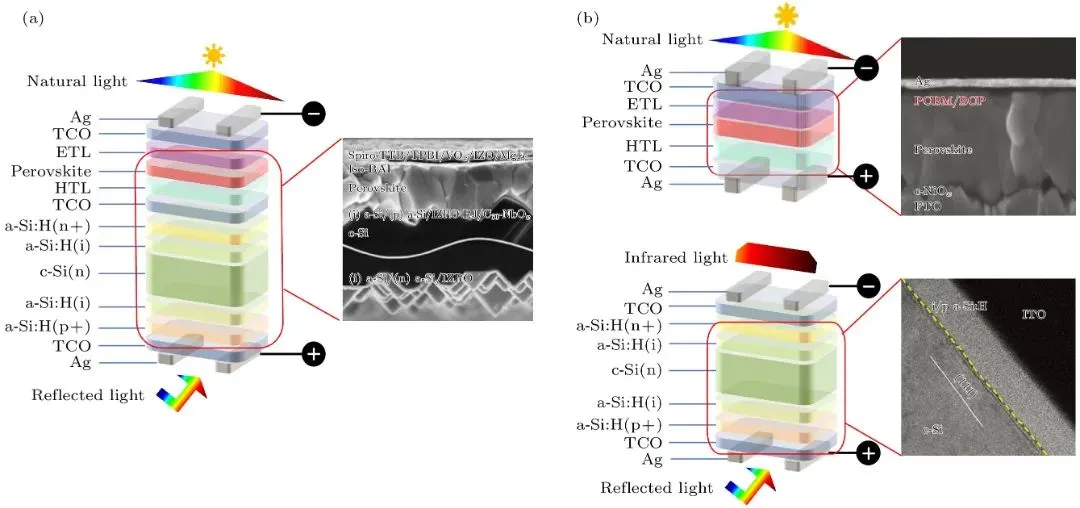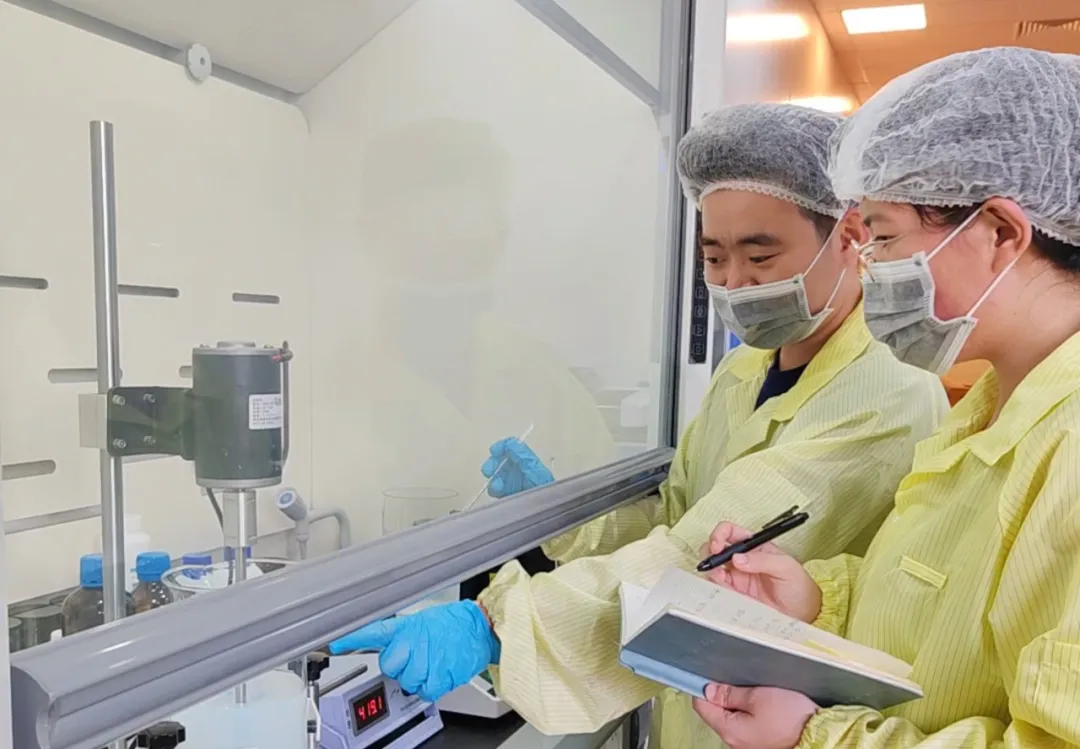Good news! In the can create outstanding young engineers articles listed in the SCI core journal "Journal of Physics"!
Release time:
May 08,2024
China Energy Innovation adheres to technology-oriented, continuous research and development investment, and encourages new young engineers to "make bold assumptions and be careful to verify". Recently, the review article "Key Issues and Solutions Affecting the Efficiency and Stability of Perovskite/Heterojunction Stacked Solar Cells" (Key issues and solutions affecting efficiency and stability of perovskite/heterojunction solar cells) by outstanding young engineers Yao Meiling and Liao Jixing of Zhongneng Chuang was published in SCI Journal Journal of Physics, Volume 73, Issue 8.

"Journal of Physics" is the earliest Chinese physics comprehensive academic journal with the largest amount of articles and the most extensive influence in my country. It has an important influence in the field of physics in my country and the field of Chinese science and technology journals. It was founded in October 1933 and sponsored by the Chinese Physical Society and the Institute of Physics of the Chinese Academy of Sciences. It reports on innovative achievements in physics and its interdisciplinary fields at home and abroad, focusing on condensed matter physics. Including research papers, research newsletters, data papers, cutting-edge reviews, opinion articles, etc. It was included by SCI, El, Scopus, Peking University Library of CITIC Institute, etc., and was first selected into the "China Science and Technology Journal Excellence Action Plan".

Figure 1 (a) Structure design of two-terminal (2T) perovskite/heterojunction tandem solar cell and its typical scanning electron microscope (SEM) illustration [14]; (B) Structure design of four-terminal (4T) perovskite/heterojunction tandem solar cell and corresponding typical SEM illustration of each single junction cell [15.16]
The article focuses on the structural design of perovskite/heterojunction tandem solar cells (PTSC) and the key issues affecting efficiency and stability in the process of commercialization, including band gap adjustment of tandem solar cells, additive engineering, interlayer interface contact and passivation, heterojunction bottom cell interface design and module packaging adaptability, etc., and explores and prospects the development of tandem solar cell technology, it aims to provide directional suggestions for the key problems of the subsequent laminated battery structure design.
The article mainly takes the two terminals and four terminals as the main structure, and emphasizes the importance of the interface design of the top battery and the bottom battery in the laminated battery to the overall efficiency and stability. For example, by selecting an appropriate interlayer material and design, such as introducing an interlayer having a light confinement effect, parasitic absorption can be reduced and light utilization efficiency can be enhanced. Optimizing the tunneling contact layer of the top cell, the passivation layer of the bottom cell, and the interconnection and transmission path between the two is helpful to reduce the interface resistance and promote the effective transmission of photogenerated carriers.
In addition, due to the intrinsic instability of perovskite materials, as well as due to the external water, oxygen, light, heat and other working conditions caused by the stability of the material, will lead to perovskite solar cell performance degradation. The article also takes additive engineering as the starting point to sort out the different paths and methods of improving the quality and stability of perovskite crystals in cutting-edge research. The addition of additives helps the perovskite stack to achieve synergistic enhancement of device efficiency and stability by enhancing the precursor solution-substrate dynamics, inhibiting ion migration, enhancing the carrier transport capacity between interfaces and improving the passivation level.

Yao Meiling (front) and Liao Jixing (back) in the laboratory
Zhongneng Creation is the world's first 210mm non-main-gate heterojunction module manufacturer. It is the first company in China and the second in the world to master the key technology of non-main-gate heterojunction. The core technology team was born in the national 863 plan and has always been in a leading position in technology., Has been committed to the research and development and innovation of photovoltaic technology. The publication of articles by outstanding young engineers Yao Meiling and Liao Jixing is the inheritance of the concept of "technology-based" in China. In the future, Zhongnengchuang will continue to be technology-based, customer-centric, and strive to provide global customers with efficient and reliable multi-scenario solutions!
Cando Solar is an advanced photovoltaic company, founded by the world-leading engineers and solar veterans from Trina Solar,ST Micro and TSMC. In 2022, Cando Solar has developed the world first 210mm busbar-free HJT solar module, certified by TÜV Rheinland. Cando Solar has mastered and applied for more than 20 invention patents, including 2 US invention patent applications, 3 PCT international patent applications. 4 Chinese invention patents have been authorized.Previous Page
Recommended News










